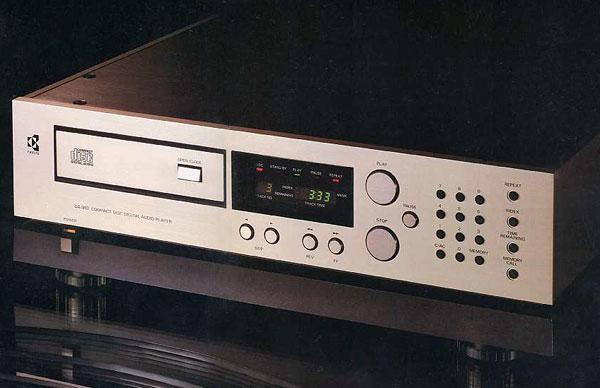| Columns Retired Columns & Blogs |
On the dawn of high-res downloads from Apple and lossless streaming from Pandora, farewell sweet Prince. It was good while it lasted but you just keep spinning me around and around. I have needs that are more than physical.
Good-bye Compact Disc...





































